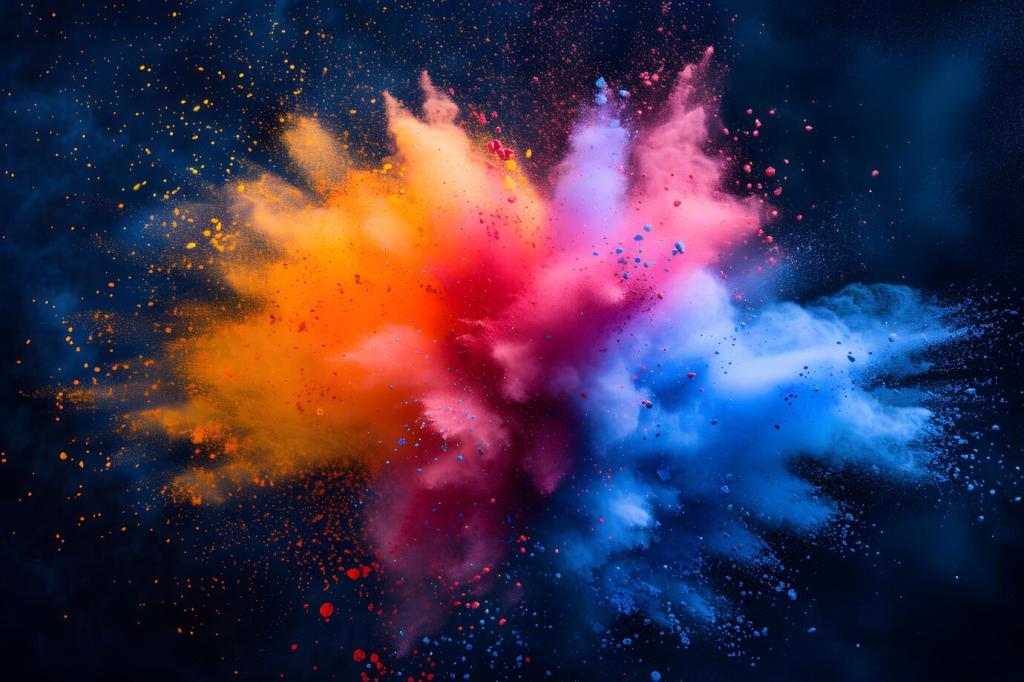Color That Works: Choosing Furniture Colors for a Productive Workspace
Chosen theme: Choosing Furniture Colors for a Productive Workspace. Explore how color on your desk, chair, and storage fuels focus, calms stress, and sparks ideas. Follow along, leave a comment, and subscribe for weekly palette prompts.
The Psychology of Productive Color Choices
Soft neutrals like warm gray, beige, and taupe on desks and shelving reduce visual noise and cognitive load, helping concentration stretch longer. Tell us your favorite neutral pairing for focused mornings.

Light, Space, and How Colors Behave at Your Desk
Track daylight across your workstation from early morning to evening, noting glare, shadows, and reflections on glossy surfaces. Test color swatches on the actual desk plane and shelving before making commitments.
Light, Space, and How Colors Behave at Your Desk
In small spaces, high-saturation furniture can feel heavy. Use muted tones for large pieces and reserve vivid hues for smaller items. Matte finishes further soften color weight and minimize visual fatigue.
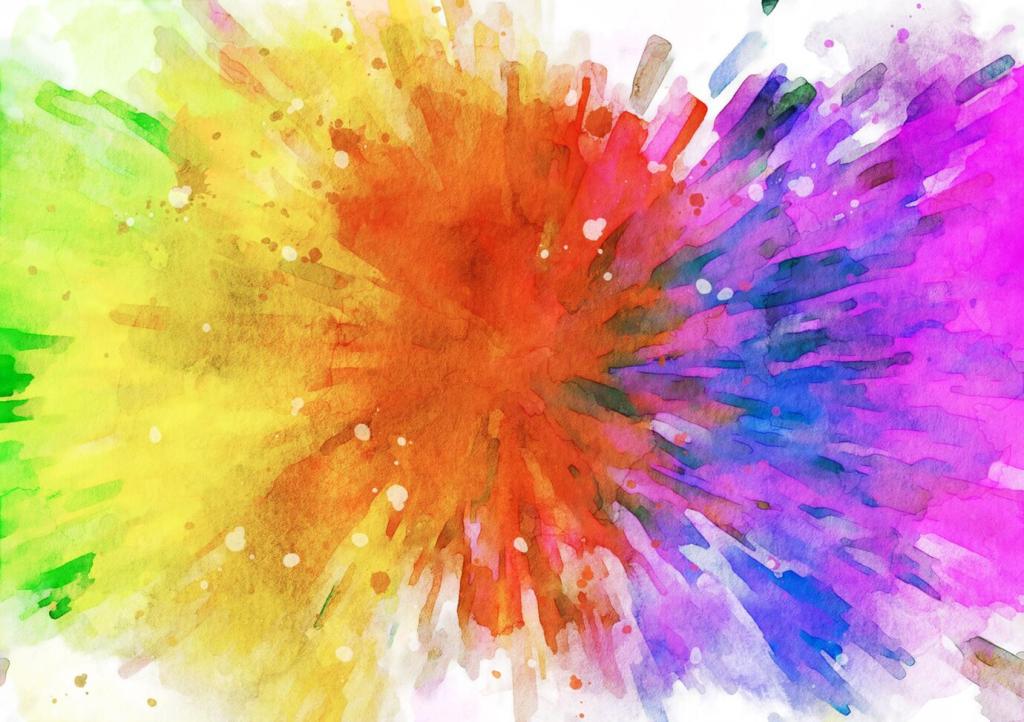
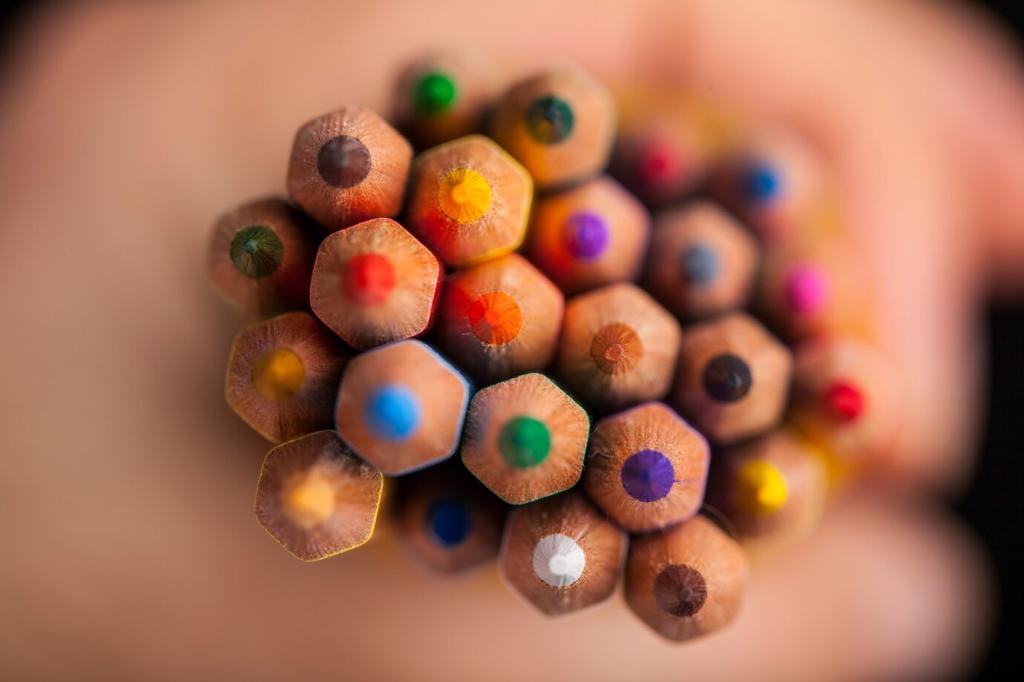
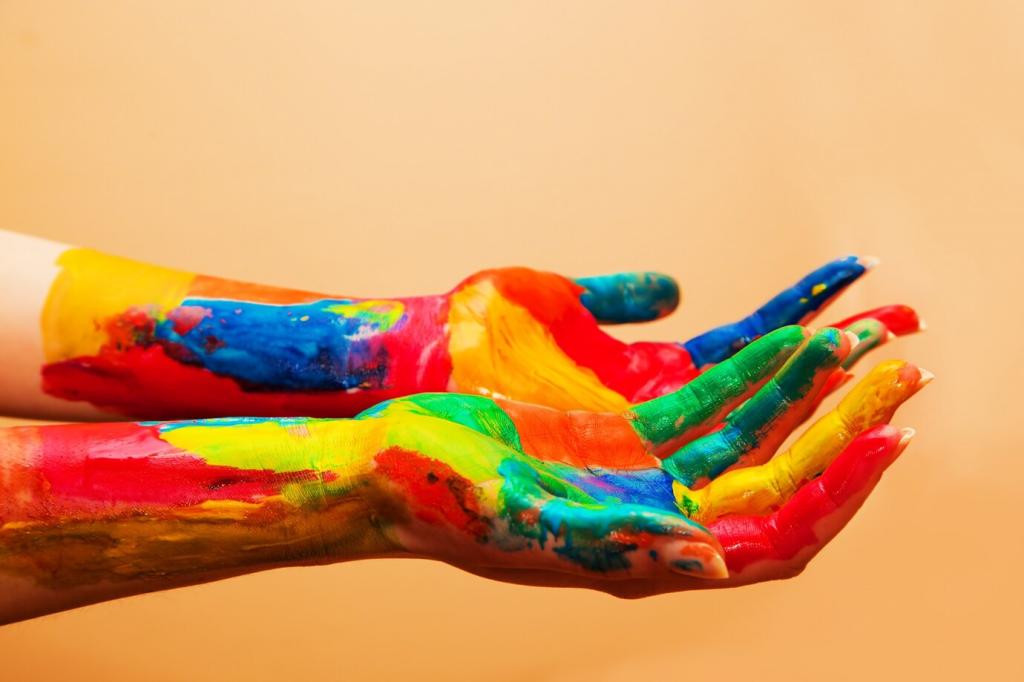
The 60-30-10 Rule for Furniture
Anchor roughly sixty percent with a calm neutral desk, thirty with a supportive wood tone in storage, and ten with an energizing chair accent. Try this mix this week and share your before-and-after.
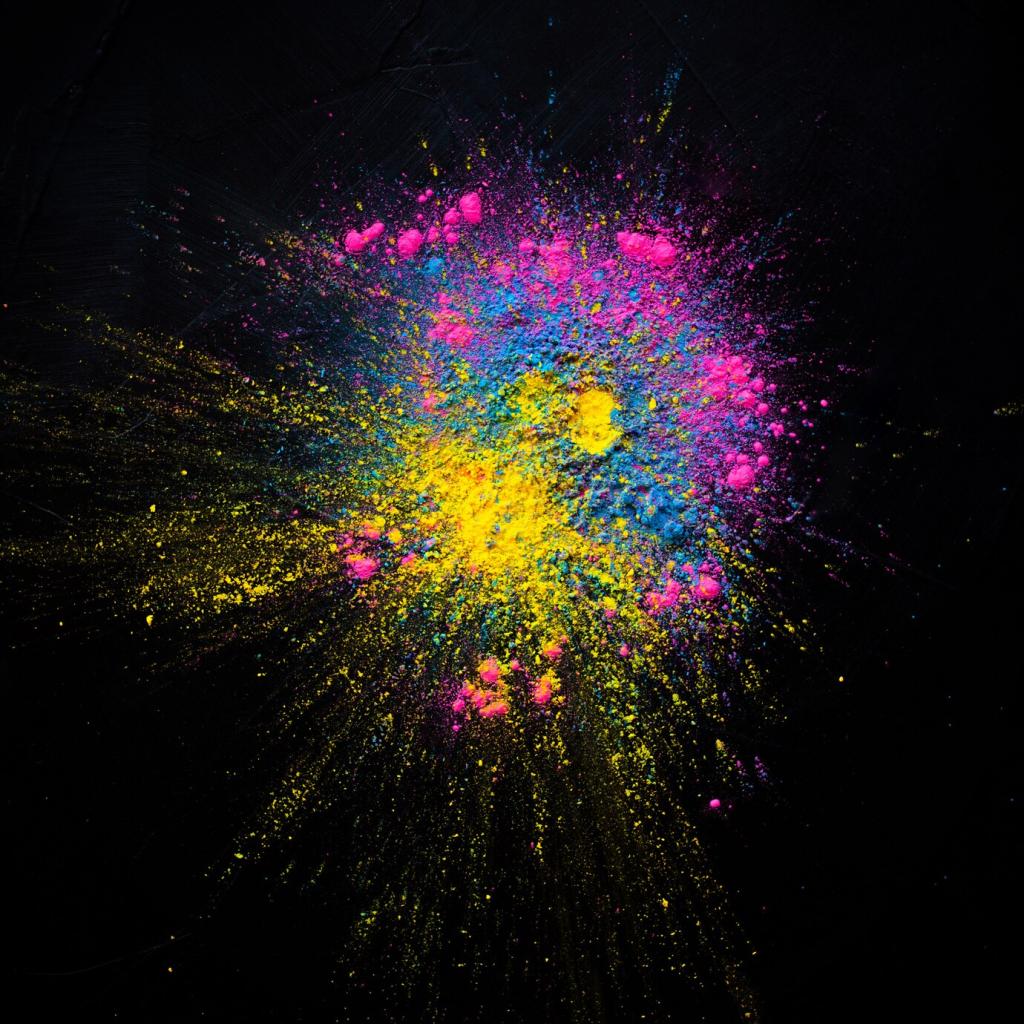
Texture and Finish Influence Perception
Finish changes everything. Matte black reads softer than glossy; open-grain oak scatters light, while walnut deepens it. Combine texture and color deliberately, then tell us which finish helps you relax and focus.
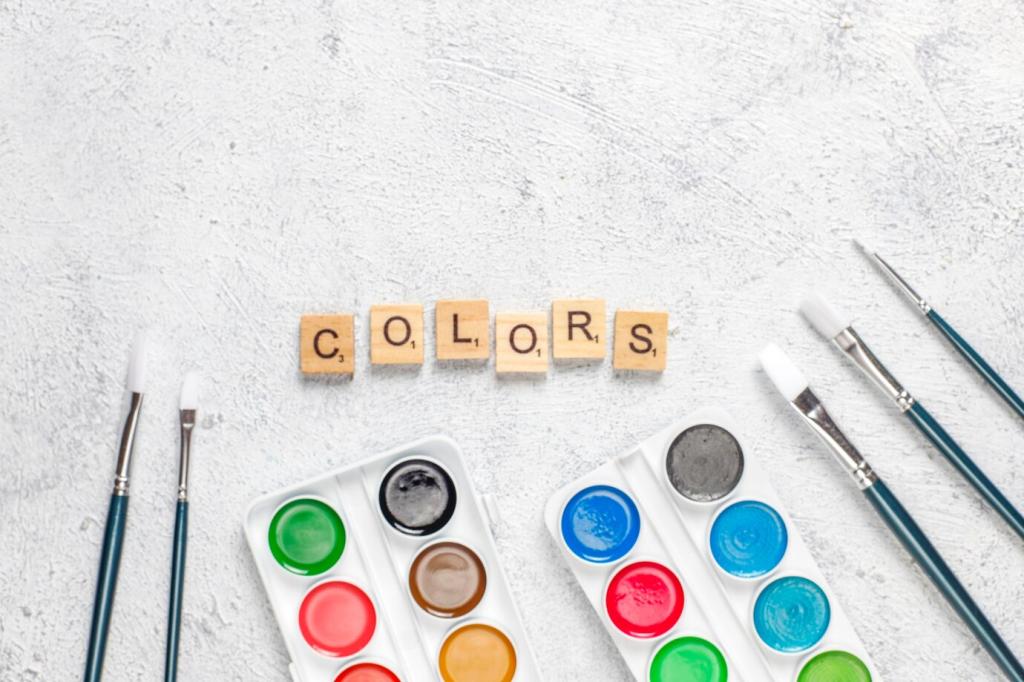
Cables, Tech, and Color Harmony
Unify technology with color: wrap cables, match monitor arms to the desk tone, and coordinate keyboard caps subtly. When gear blends with furniture colors, your mind stops tracking clutter. Reply with your setup.
Stories from Real Workspaces
Maya, a brand strategist, swapped a stark white desk for a soft gray-blue top. The change cut glare, eased headaches, and she finished proposals an hour earlier. What small color shift improved your work?
Ravi, a developer, added a teal chair against a sand desk. He reports afternoon energy spikes during code reviews without feeling jittery. Share your accent-chair story so others can learn from your tweaks.
Elena chose a walnut desk with a sage cabinet wall. She says deep work now feels like stepping into a forest library, quiet and grounded. Comment if earth tones also steady your sprint cycles.
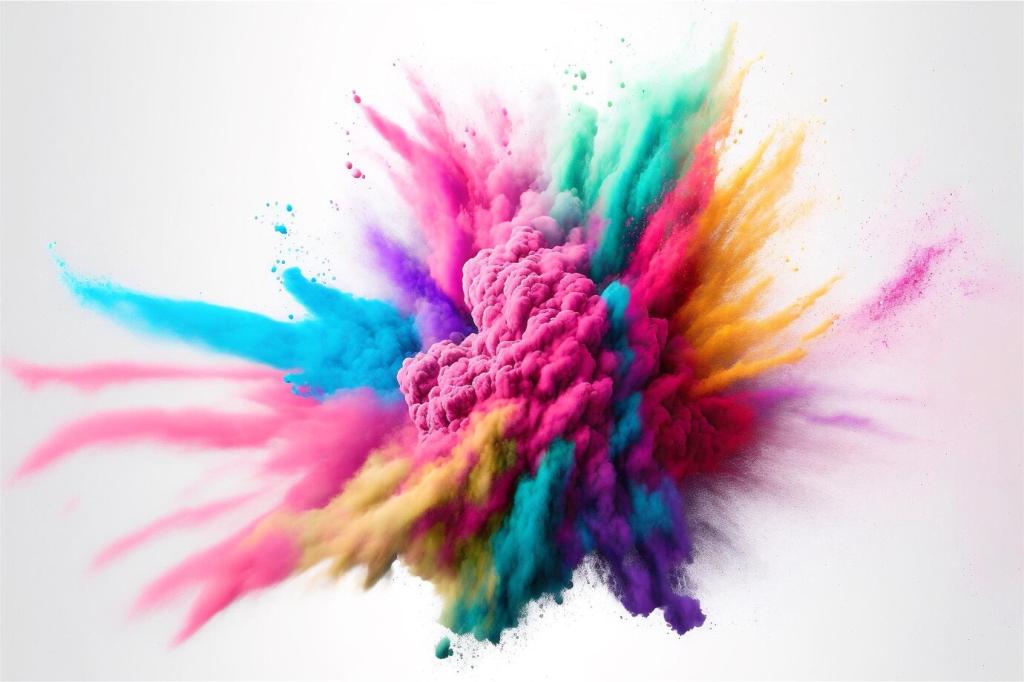
Video Calls and Camera-Friendly Furniture Colors
Cameras dislike harsh reflections and tight patterns. Avoid glossy black desks beneath ring lights and high-contrast stripes behind you. Matte, mid-tone furniture frames your face naturally. Test it today and tell us the difference.
Video Calls and Camera-Friendly Furniture Colors
Your furniture colors should flatter skin tones on video. If you’re warm, avoid overly orange backdrops; if cool, dodge icy blues near your face. Share screenshots, and we’ll feature helpful examples next week.
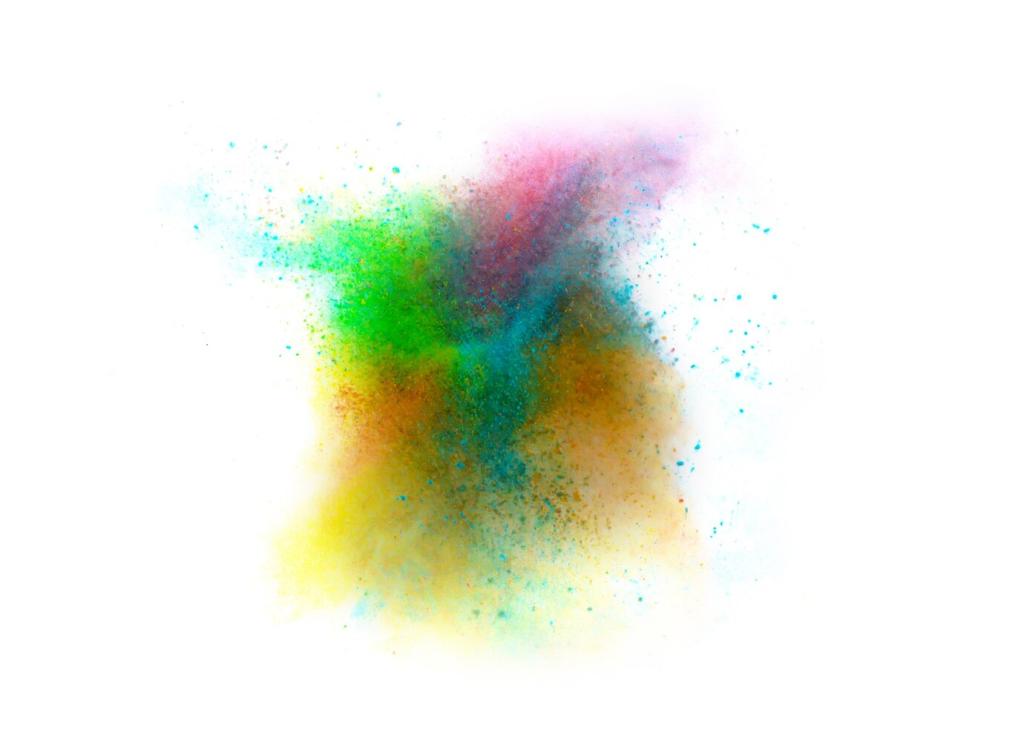
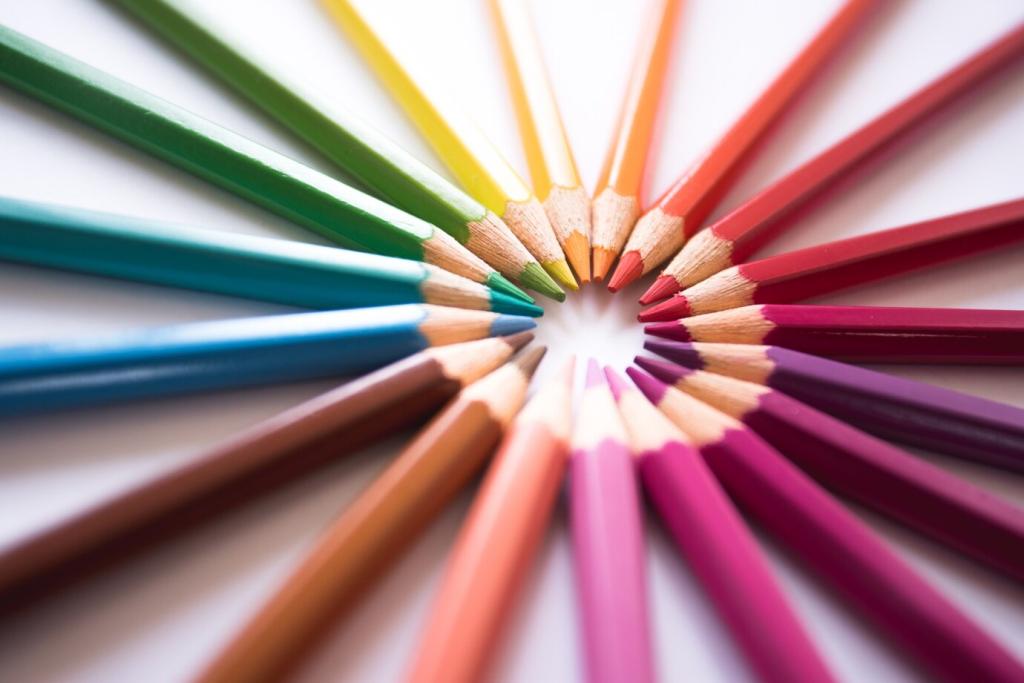
Timeless Palettes Outlast Trends
Greige, charcoal, walnut, and navy outlast fads and survive paint changes. Choose furniture in these anchors, then rotate seasonal accents. Bookmark this palette and tell us which combination keeps you productive longest.
Modular Accents You Can Swap
Make accents modular: change chair cushions, drawer pulls, or LED underlighting instead of repainting. Small, intentional color shifts refresh motivation without waste. Join our newsletter for a quarterly swap checklist.
Test Before You Commit
Before buying, mock up color with peel-and-stick vinyl, desk pads, or painted cardboard. Live with each option for a week and journal focus levels daily. Post your results to inspire fellow readers.
